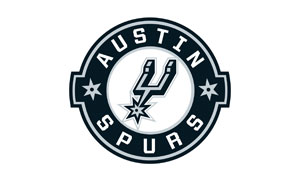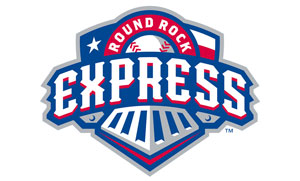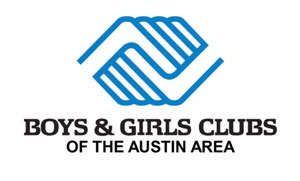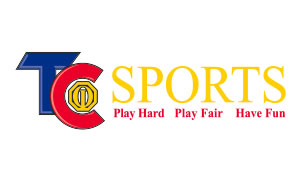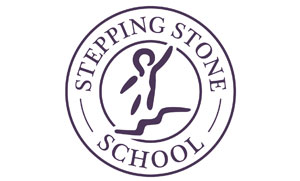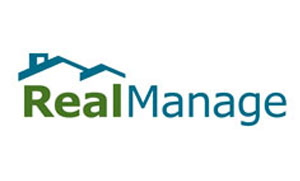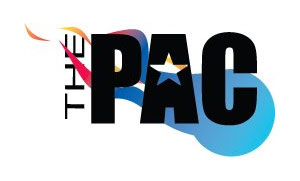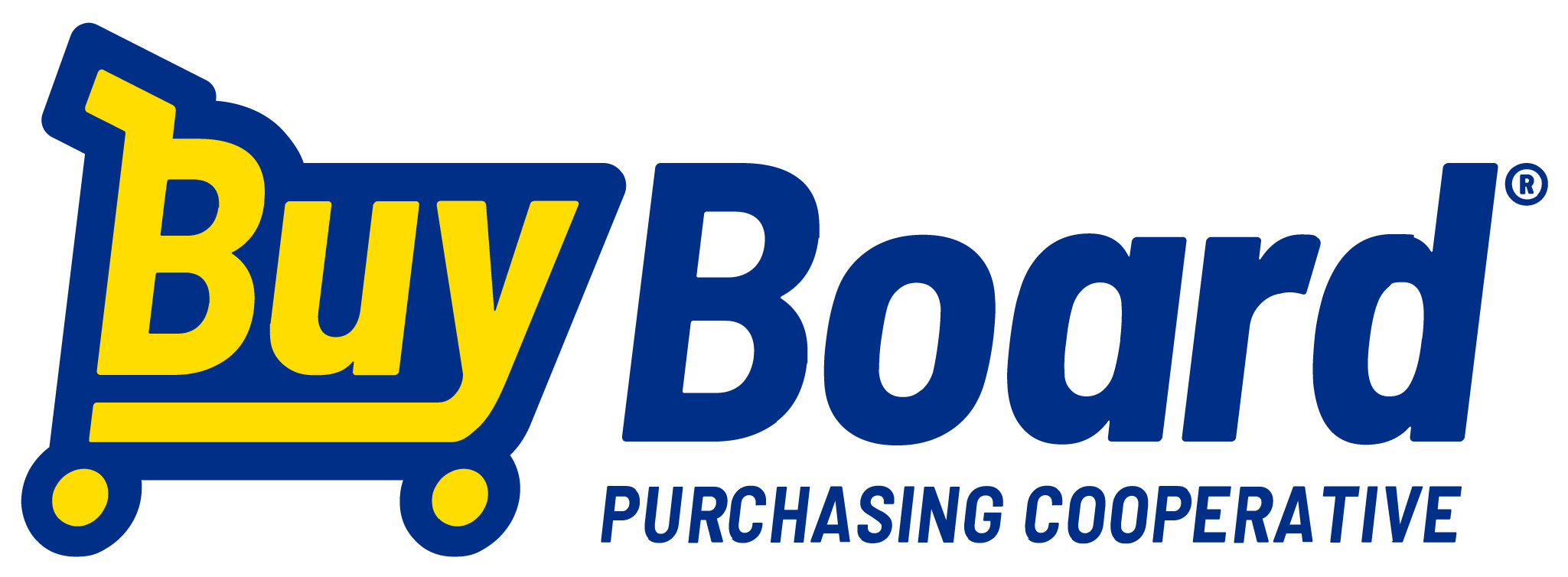https://vimeo.com/1084056591?share=copy#t=0
The Backyard Bocce Court: What You’re Really Looking For
Let’s get something straight right out of the gate:
You’re not really looking for a bocce court.
You’re looking for a reason to slow down. A place to gather. A space to laugh, reconnect, decompress, and remember that life is more than inboxes and to-do lists.
We’ve had people come to us looking for that very thing. Some say, “I just want something that gets my family outside together again.” Others say, “We need a space to host friends without turning on the TV.”
Whatever’s behind it for you—you’re not alone.
At Sport Court of Austin, we’ve built bocce courts all over Texas, and we’ve seen what they do for people. They aren’t just a game—they’re a reason to come together.
That’s why we’re writing this.
Not to sell you on bocce—but to give you a real, honest picture of what it takes to build one that lasts, looks great, and actually gets used.
Let’s dig in.
Why Bocce? Why Not Something Else?
Bocce hits a rare sweet spot.
It’s the perfect balance between sitting around a fire and the most strategic game of corn-hole you’ve ever played.
The target (the pallino) changes every round, forcing you to adjust, think, and re-strategize. But it’s chill enough that you can play with a drink in your hand and catch up with old friends at the same time. For bocce ball, concentration and strategy is more important than athleticism.
We’ve seen it become the centerpiece of family reunions, the ice-breaker at corporate retreats, and the laid-back hangout after dinner parties.
It gives people a reason to be close, to stay a little longer, and to actually connect.
How Big Should a Bocce Court Be?
Most people are surprised by how much space it takes to do it right.
While there’s no single official rule, regulation bocce courts are typically 13 by 91 feet.
But the sweet spot we’ve found most people enjoy? 12 by 50–60 feet. That’s just the playing surface, by the way—not including the necessary room around it for walking, watching, or resting a drink.
Not sure how long 50 feet is? Picture two parked pickup trucks end-to-end. Or one small city bus.
Not huge, but definitely not tiny either.
What’s Underneath Matters More Than You Think
Here’s where most people get it wrong: they focus on the surface, but the real magic happens underneath.
1. Concrete Base
We pour a 4-inch concrete slab—flat, solid, and built to last. No shifting. No muddy edges. No surprises after the first rain.
2. Slope and Drainage
We build in a slight slope along the length of the court so water moves off the playing surface. DIY courts often skip this—and end up with puddles or soft spots and balls that don’t roll straight. We don’t let that happen.
3. Bocce-Specific Turf
We recommend a 5mm padded turf, specifically designed for bocce. It reduces bounce, keeps the roll consistent, and handles rain or shine.
Yes—people ask about oyster shell, decomposed granite, and clay. We’ve installed those, and we’re happy to talk about them.
But for clean, mess-free play? Turf is king.
Worried turf makes the game “too perfect”? Unless you’re trying out for the Italian National Bocce Squad, you’re going to love the consistency.
Bonus tip: Turf makes it easy to add a putting green later, which is a no-brainer if you’re already pouring a slab.
One note: If you’re playing with a bunch of amateurs, you might need to remind them this is bocce, not Angry Birds. Balls are meant to roll, not fly. Airborne throws will dent the turf and leave you with a lumpy court.
How the Court Looks Matters, Too
A bocce court shouldn’t stick out like a sore thumb.
At Henkel Square in Round Top, we used custom-cut gray Luter stone and composite batter boards to blend in with the space. The result? A court that feels like it’s always been there.
We’ve also used limestone, wood accents, and other custom touches depending on the setting.
We even partner with landscapers to help your court disappear into your backyard—like a hidden feature waiting to be discovered.
The Little Extras People Love
Custom Scoreboards
At Henkel Square, their scoreboard includes a logo and easy scoring up to 12. It makes the court feel legit and invites people to jump in.
Pro tip: Check Etsy—there’s some cool stuff there.
Shade, Seating, and Surroundings
Don’t just build the court and walk away.
We’ll help you think through the space:
-
Where will people sit?
-
Where will they stand, snack, or spectate?
Because the real magic happens around the game.
What’s the Maintenance Like?
It’s about as low-maintenance as it gets.
-
Blow off leaves and twigs when you see them.
-
Check the drainage after a Texas downpour.
-
Maybe vacuum occasionally if it gets dusty.
That’s it.
Hosting an event? Let us know—we’ll tune it up for you. And we service every court we build.
What Does It Cost?
Most of the bocce courts we build range from $30 to $40 per square foot, depending on:
-
Size
-
Site access and prep
-
Materials (stone, wood, turf)
-
Extras like lighting or custom details
We’ll walk your space, talk through your goals, and give you a fully transparent estimate. No hidden fees. No guesswork.
Just clarity.
Should You Build One?
Forget bocce for a second. Ask yourself:
-
Do I want my backyard to bring people together?
-
Do I want a space that’s actually used, not just looked at?
-
Do I want low-maintenance fun that ages well with my family or community?
If the answer’s yes—this might be exactly the thing you didn’t know you needed.
We’re Here for the Long Haul
We don’t build bocce courts to check boxes.
We build them to help people slow down and connect again. And we stand behind every single one.
If anything goes wrong, we warranty our work. We’re here to help—whether it’s next week or five years from now.
If you’re ready to talk ideas, we’d love to hear from you.
And if you’re not ready yet? That’s okay too. We just hope this gave you a better picture of what’s possible.
No pressure. No chasing. Just help.
Because that’s what neighbors do.
Ready to Get Started?
Schedule a free site visit with a Court Advisor.
Or just shoot us a question—we’re happy to chat.


